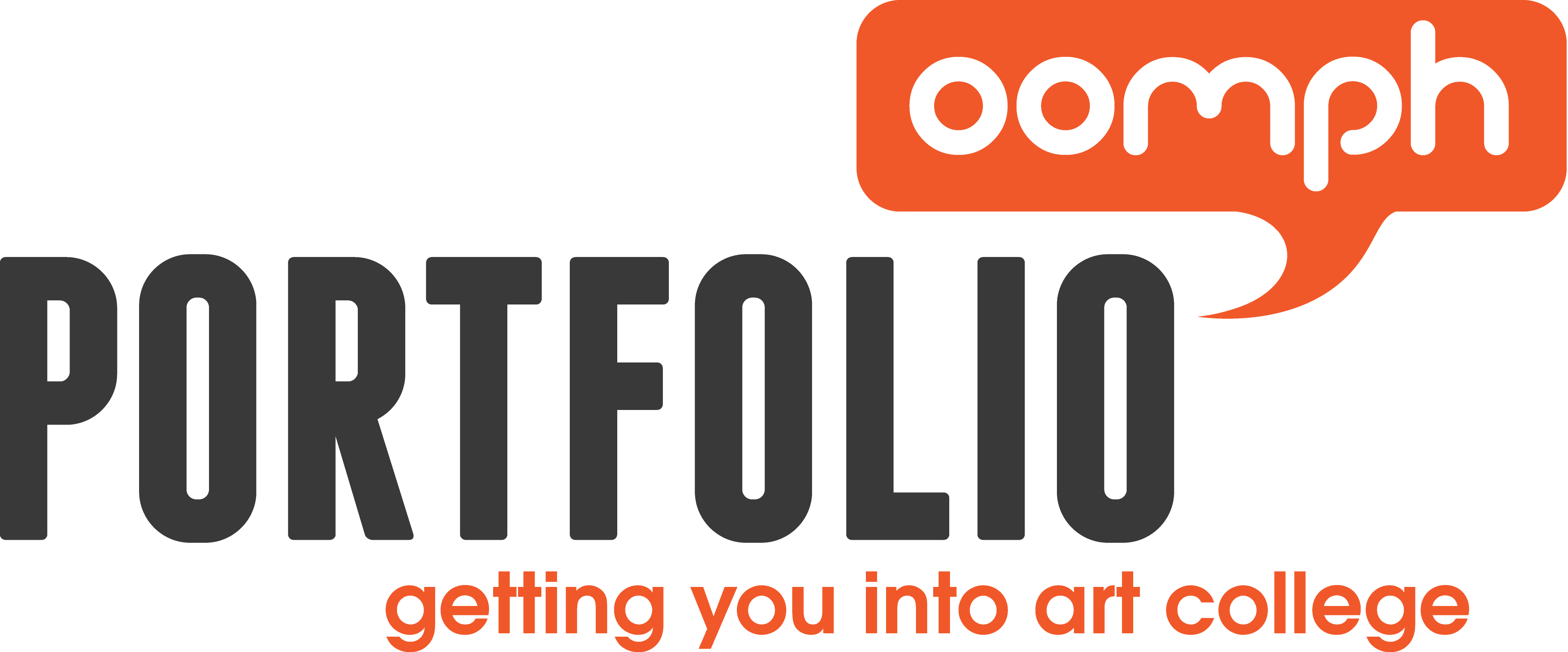27 Feb Dyslexia and Art School
Dyslexia and Art School
Dyslexia is a common distinction of the creative individual, with many young people attending art school falling into similar statistics as follows.
At Central St Martin’s College of Art and Design research by Dr Steffart found that three-quarters of the 360 art foundation students assessed have a form of dyslexia. Dr Steffart designed a series of six tests of verbal, written and spatial ability for the students. Their intellectual and visual spatial skills were at a superior level – but they had many problems with reading, writing and spelling. Independent
We were invited to write a guest blog post for Dyslexia Scotland earlier in the year as many of our students have issues with dyslexia. Please read on for advice, common hurdles and how best to proceed.
The blog post is originally published here on Dyslexia Scotland.
“Dyslexia is a common distinction of the creative individual, with many young people attending art school falling into similar statistics as follows.
Dyslexia and Art School
At Central St Martin’s College of Art and Design research by Dr Steffart found that three-quarters of the 360 art foundation students assessed have a form of dyslexia. Dr Steffart designed a series of six tests of verbal, written and spatial ability for the students. Their intellectual and visual spatial skills were at a superior level – but they had many problems with reading, writing and spelling. Independent
We know that this can cause great barriers to some subjects but you would imagine that art and design would be an area that if you were struggling with dyslexia then things would be much easier.
However, I work with students in my role at Portfolio Oomph supporting them making an application to art college or creative courses at University. One thing that has struck me, in the last 8 years since the inception of the colleges/unis using a digital portfolio to assess a student’s skills and creative capabilities, how much the organisational ability that is affected by dyslexia can really disadvantage a student.
The creation of a digital portfolio is a digitising of a student’s portfolio (drawings, paintings, sculptures etc) and arranging it to clearly demonstrate the creative process. Each college, and sometimes each course, has differing guidelines on how many images they require. They request your images categorised into research / development, final outcomes and often context (the artists and designers you are inspired by and your influences). The pixel size is limited as is the file size and type, to 200kb or 1mb of .jpeg format.
If you’re bamboozled by this, you’d not be alone.
For some courses the digital portfolio is the first part of the selection process and if they rank highly here, they will be called for interview. Other colleges use only the digital portfolio (along with their UCAS application) to select potential students.
Furthermore, many courses ask for a 500 word statement in addition to the UCAS statement, which is yet another challenge to write concisely and succinctly with passion and relevancy for their subject and college.
Art college is not just about painting pictures these days, has it ever been? More and more there is an expectation that the student’s application imbues an intellectual ability via the portfolio, UCAS statement, 500 word statement and interview. As Dr Steffart’s research defines, creative students can be intellectually gifted and their art can be the vehicle. However, if they struggle to organise and prepare sufficiently this can be critical.
So, to summarise, some courses have a 4 tier selection process requiring sustained organisation, time management and planning over a period of approx. 7 months.
The competition for creative courses is high and it’s because of this that I established Portfolio Oomph, an online hub to practically support students in all aspects of making applications to creative further and higher education.
Making a plan and being organised, thinking ahead from September about what each college requires, deadlines, content etc. is a good start to the year when you’re applying. Ensuring that you have a personal interest in your idea/themes is essential so that you can more easily express your commitment and passion for it. Use the colleges’ language when talking about ‘trying things out’, ‘making mistakes’ (which are important parts of the creative process and need to be celebrated!) use research, development etc.
Finally, like most things, there is help and support out there if you seek it.
Written by: Julie Read is the founder of Portfolio Oomph.”


No Comments